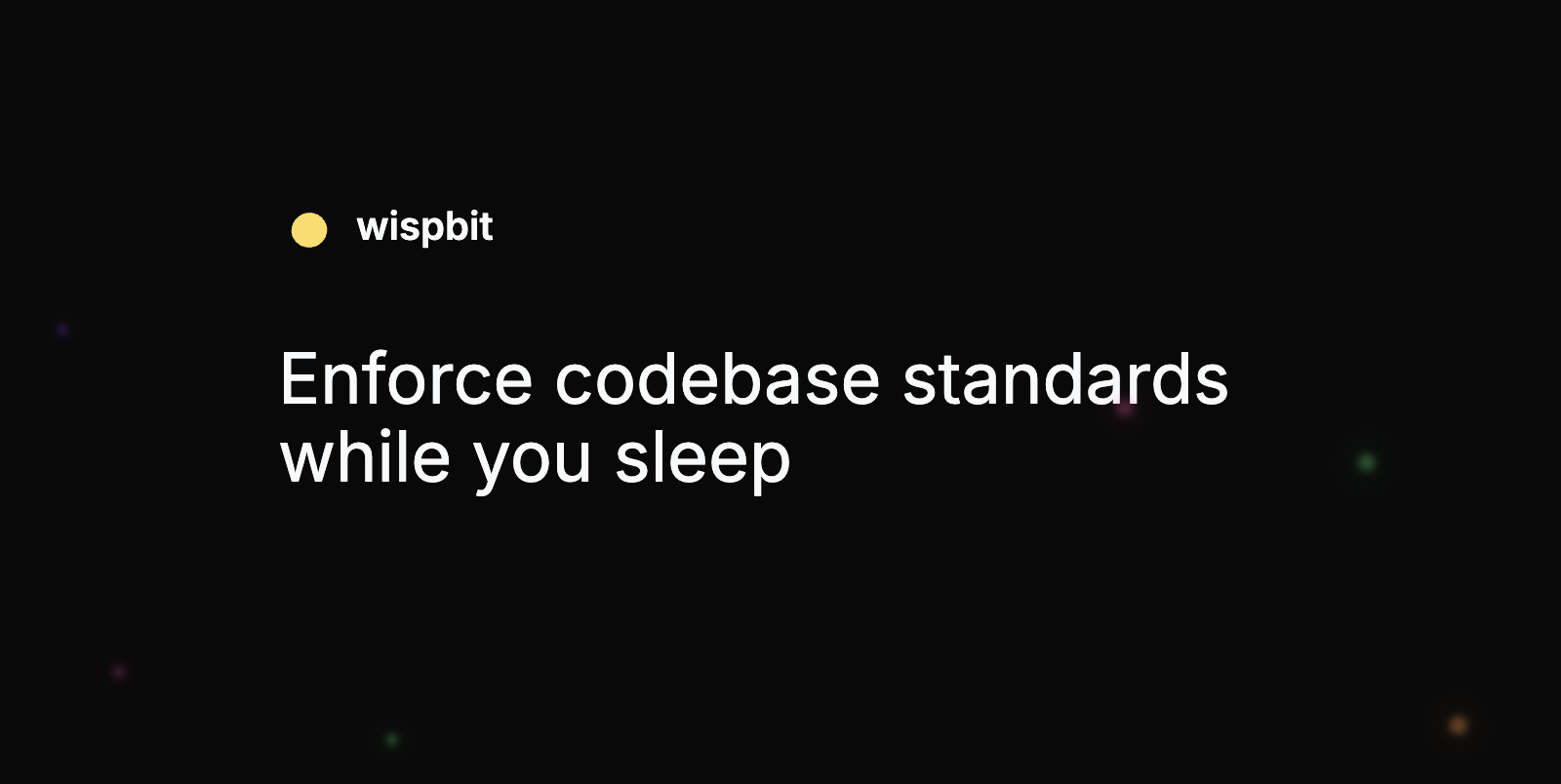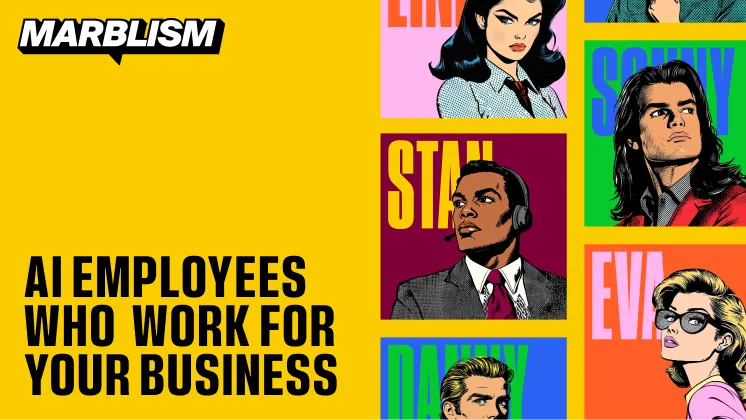DevOps Articles
Curated articles, resources, tips and trends from the DevOps World.
When ‘Clean Code’ Hampers Application Performance

Summary: This is a summary of an article originally published by The New Stack. Read the full original article here →
“Many programming ‘best practices’ taught today are performance disasters waiting to happen,” warned Seattle-based programmer https://caseymuratori.com/about on his educational web site, sparking a debate in the programming community. Some agreed, some disagreed, but lively online discussions ensued, with programmers around the web revisiting or defending long-held assumptions about best practices. To hype a $9-a-month series of videos on YouTube titled “https://www.computerenhance.com/p/welcome-to-the-performance-aware,” Muratori shared a free “https://www.youtube.com/watch?v=tD5NrevFtbU” specifically focused on the performance penalty of so-called “clean code” practices, or the long list of well-established rules of not doing things in a certain way.
Here are a few of the downsides Muratori found to some currently-accepted best practices of writing code: Making a Switch
It’s a very common target for criticism among clean code advocates: Programmer Arnold Abraham https://towardsdatascience.com/dont-be-a-basic-coder-and-use-5-possibilities-to-avoid-the-bad-switch-case-c92402f4061 that switch statements are “unhandy and bloat your code.”
Product
Useful Links
Made with pure grit © 2025 Jetpack Labs Inc. All rights reserved. www.jetpacklabs.com





